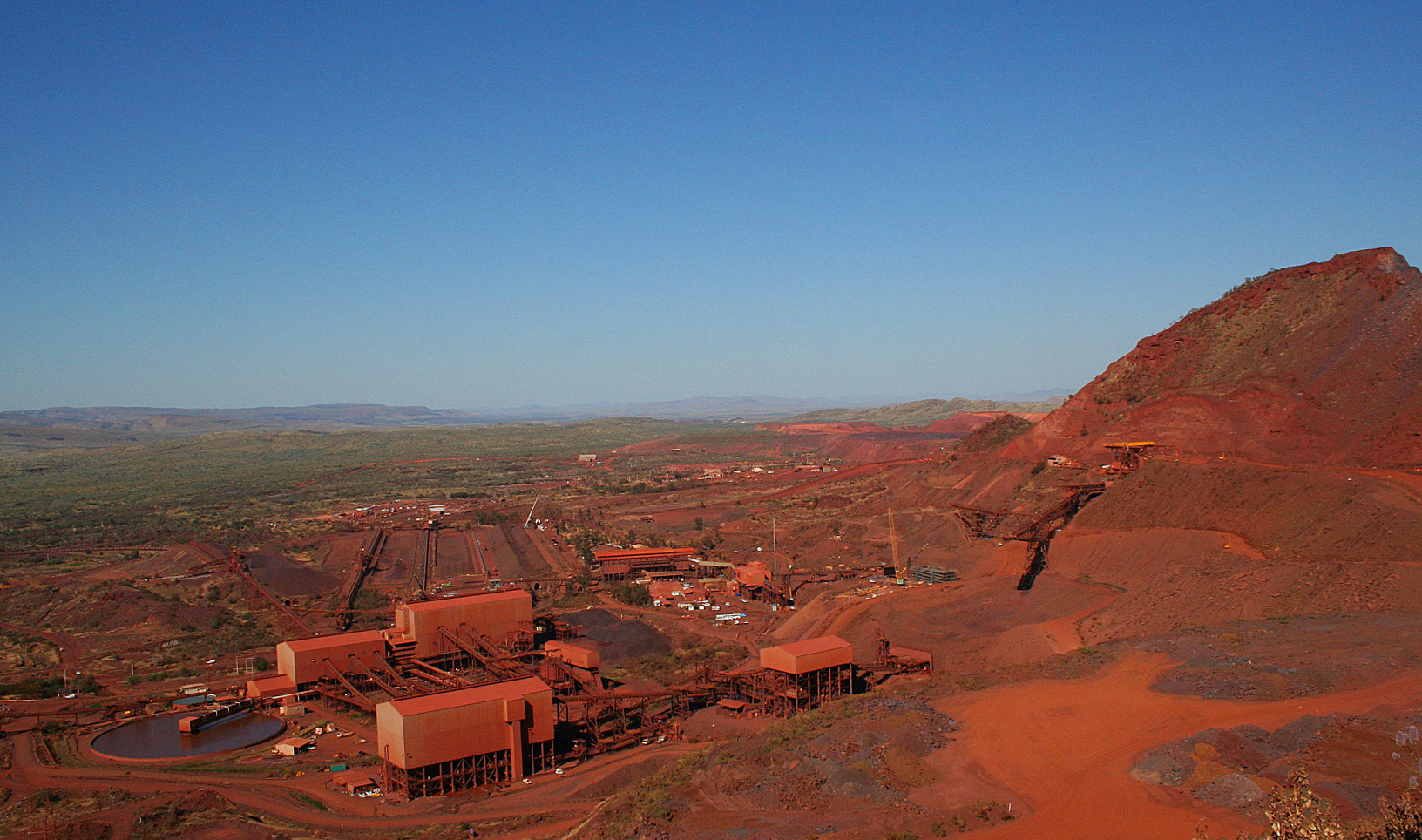Pilbara Mining Controversy: Rio Tinto Responds To Forrest's Criticism

Table of Contents
Andrew Forrest's Criticism of Rio Tinto's Pilbara Operations
Andrew Forrest, founder of Fortescue Metals Group, has been a vocal critic of Rio Tinto's operations in the Pilbara. His criticisms center on several key areas: environmental damage, inadequate indigenous land rights consultation, and concerns about the sustainability of Rio Tinto's mining practices.
- Environmental Damage: Forrest has highlighted instances of habitat destruction, specifically citing the impact of mining activities on native flora and fauna. He has also raised concerns about water pollution and the potential for long-term damage to the delicate Pilbara ecosystem. Claims of inadequate rehabilitation efforts after mining have also been made.
- Indigenous Land Rights: Forrest's criticism extends to Rio Tinto's engagement with indigenous communities. He has questioned the adequacy of consultation processes and raised concerns about the impact of mining on traditional land use and cultural heritage. Specific concerns have been raised regarding the lack of free, prior, and informed consent in certain projects.
- Unsustainable Practices: Forrest argues that Rio Tinto's mining methods are not sustainable, contributing to carbon emissions and depleting natural resources without adequate consideration for future generations. He has pointed to specific mining techniques and projects as examples of unsustainable practices.
Rio Tinto's Rebuttal and Defense Strategies
Rio Tinto has responded to Forrest's criticisms with a robust defense of its operations. The company emphasizes its commitment to environmental stewardship and engagement with indigenous communities.
- Environmental Protection Measures: Rio Tinto highlights its investment in environmental protection measures, including rehabilitation programs, water management strategies, and biodiversity conservation initiatives. They cite specific data on reduced emissions and water usage in their operations.
- Indigenous Community Engagement: The company points to its ongoing engagement with indigenous communities, emphasizing its commitment to consultation and benefit-sharing agreements. Rio Tinto often references specific projects undertaken in partnership with local communities.
- Independent Audits and Certifications: Rio Tinto often refers to independent audits and certifications as evidence of its adherence to environmental and social standards. These certifications are frequently highlighted in their public statements and reports.
- Data and Statistics: Rio Tinto counters Forrest's claims with data and statistics related to environmental performance, employment opportunities for indigenous peoples, and community investment.
Analysis of Key Contentions and Supporting Evidence
Analyzing the arguments from both sides reveals both points of agreement and significant areas of disagreement. While both parties acknowledge the importance of sustainable mining practices and responsible engagement with indigenous communities, their interpretation of the facts and the evidence presented differs substantially.
- Comparing Evidence: A critical examination of the evidence presented by both Rio Tinto and Forrest reveals inconsistencies. Independent verification of certain claims is necessary for a complete understanding of the situation.
- Source Credibility: The credibility of the sources used by each party is crucial in assessing the validity of their claims. Independent research and reports play a key role in evaluating the reliability of the information.
- Information Gaps: Significant gaps in information exist regarding specific aspects of Rio Tinto's operations. Further investigation and transparency are required to address these information gaps.
The Broader Implications of the Pilbara Mining Controversy
The Pilbara mining controversy extends far beyond the immediate concerns of Rio Tinto and Andrew Forrest. It has significant implications for:
- Environmental Sustainability: The long-term environmental consequences of mining activities in the Pilbara require careful consideration. The debate highlights the need for stringent environmental regulations and monitoring.
- Indigenous Rights: The controversy underscores the importance of ensuring free, prior, and informed consent for indigenous communities affected by mining projects. Respect for indigenous land rights and cultural heritage is paramount.
- Mining Industry Reputation: The controversy negatively impacts the reputation of the mining industry, raising questions about ethical practices and corporate social responsibility.
- Future Mining Regulations: The debate will likely influence future mining regulations and practices, potentially leading to stricter environmental standards and enhanced consultation processes.
Conclusion
The Pilbara mining controversy highlights a complex interplay between economic development, environmental protection, and indigenous rights. Both Rio Tinto and Andrew Forrest present compelling arguments, but critical analysis reveals a need for greater transparency, independent verification, and a stronger commitment to sustainable and ethically responsible mining practices. The ongoing debate is vital for shaping the future of mining in the Pilbara and ensuring a balanced approach that prioritizes both economic growth and environmental and social well-being. Stay informed about the ongoing Pilbara mining controversy and its developments by following reputable news sources and research organizations. Continued discussion and advocacy for responsible mining practices are crucial for the future of this vital region.

Featured Posts
-
 From Loss To Love Jonathan Peretzs Story Of Healing And Strength
May 26, 2025
From Loss To Love Jonathan Peretzs Story Of Healing And Strength
May 26, 2025 -
 Hsv Aufstieg Euphorie In Hamburg Nach Bundesliga Rueckkehr
May 26, 2025
Hsv Aufstieg Euphorie In Hamburg Nach Bundesliga Rueckkehr
May 26, 2025 -
 Marine Le Pen Appel De Sa Condamnation A Quatre Ans De Prison Et Ineligibilite
May 26, 2025
Marine Le Pen Appel De Sa Condamnation A Quatre Ans De Prison Et Ineligibilite
May 26, 2025 -
 Wounds Visible In Photo Of Kidnapped Israeli Soldier Matan Angrest
May 26, 2025
Wounds Visible In Photo Of Kidnapped Israeli Soldier Matan Angrest
May 26, 2025 -
 Pilbara Mining Controversy Rio Tinto Responds To Forrests Criticism
May 26, 2025
Pilbara Mining Controversy Rio Tinto Responds To Forrests Criticism
May 26, 2025
